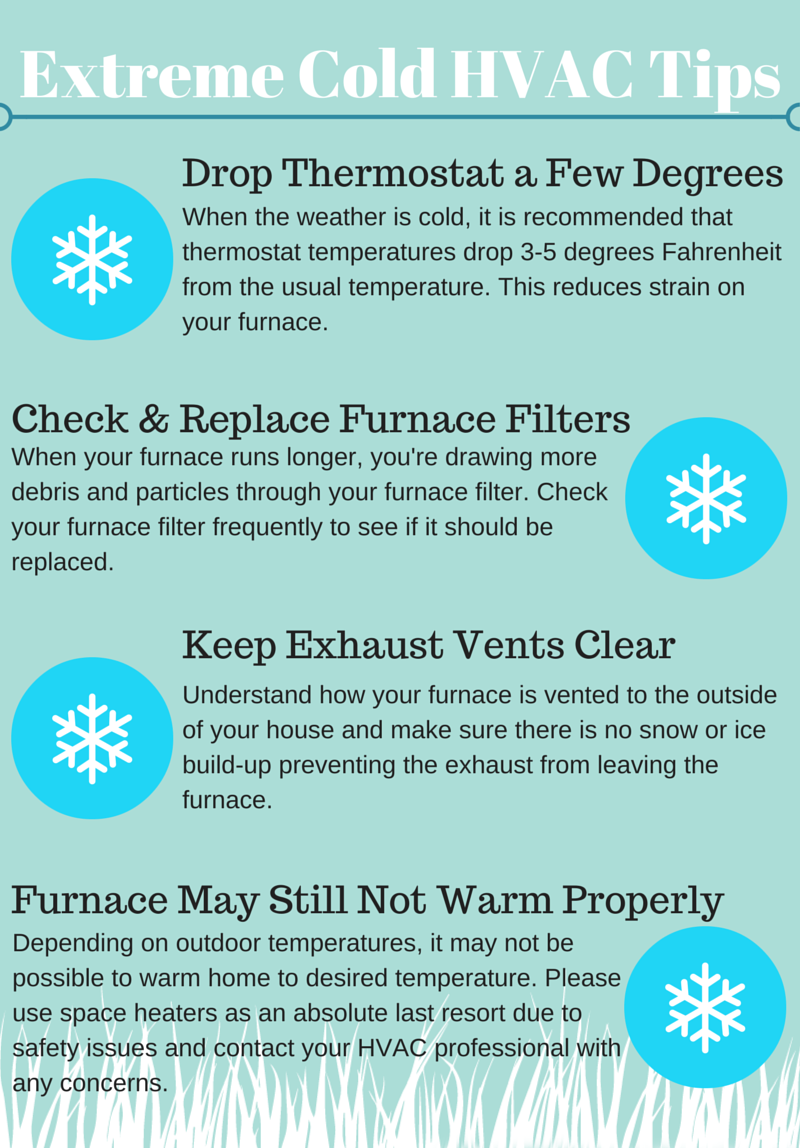The Ultimate Overview To Recognizing Warmth Pumps - How Do They Work?
The Ultimate Overview To Recognizing Warmth Pumps - How Do They Work?
Blog Article
Web Content Produce By-Hoppe Gylling
The most effective heatpump can conserve you significant amounts of money on power bills. They can also help in reducing greenhouse gas emissions, particularly if you make use of electrical energy instead of fossil fuels like lp and home heating oil or electric-resistance furnaces.
Heat pumps work significantly the same as a/c unit do. This makes them a practical option to traditional electrical home furnace.
How They Function
Heatpump cool homes in the summer and, with a little aid from electrical power or gas, they supply several of your home's heating in the winter season. mouse click the next document 're a good alternative for people that wish to decrease their use of fossil fuels yet aren't prepared to change their existing furnace and air conditioning system.
They count on the physical truth that even in air that seems as well chilly, there's still power existing: cozy air is always moving, and it intends to relocate right into cooler, lower-pressure settings like your home.
Most ENERGY celebrity accredited heat pumps run at close to their heating or cooling capability throughout the majority of the year, decreasing on/off cycling and saving energy. For the best performance, focus on systems with a high SEER and HSPF ranking.
The Compressor
The heart of the heat pump is the compressor, which is likewise known as an air compressor. This mechanical moving gadget uses prospective energy from power creation to enhance the pressure of a gas by reducing its volume. It is different from a pump because it just works with gases and can not work with liquids, as pumps do.
Climatic air goes into the compressor through an inlet valve. It circumnavigates vane-mounted arms with self-adjusting length that split the inside of the compressor, developing multiple cavities of differing size. The rotor's spin forces these tooth cavities to move in and out of stage with each other, pressing the air.
The compressor reels in the low-temperature, high-pressure refrigerant vapor from the evaporator and presses it right into the hot, pressurized state of a gas. This process is repeated as needed to provide home heating or cooling as called for. The compressor also includes a desuperheater coil that reuses the waste warm and adds superheat to the cooling agent, changing it from its fluid to vapor state.
The Evaporator
The evaporator in heatpump does the exact same thing as it carries out in fridges and ac unit, changing liquid cooling agent into an aeriform vapor that eliminates heat from the space. Heat pump systems would certainly not function without this important tool.
This part of the system lies inside your home or building in an indoor air handler, which can be either a ducted or ductless unit. It contains an evaporator coil and the compressor that presses the low-pressure vapor from the evaporator to high pressure gas.
Heat pumps absorb ambient warm from the air, and then use electrical power to move that warmth to a home or business in home heating mode. That makes them a great deal extra power efficient than electric heaters or furnaces, and due to the fact that they're using clean electrical energy from the grid (and not melting fuel), they also create much fewer emissions. That's why heat pumps are such wonderful ecological choices. (In addition to a significant reason that they're becoming so popular.).
The Thermostat.
Heat pumps are terrific alternatives for homes in cold climates, and you can utilize them in combination with conventional duct-based systems and even go ductless. They're a wonderful alternate to nonrenewable fuel source heating systems or standard electrical heaters, and they're more lasting than oil, gas or nuclear a/c equipment.
Your thermostat is the most important part of your heatpump system, and it functions extremely in different ways than a conventional thermostat. All mechanical thermostats (all non-electronic ones) work by utilizing materials that transform dimension with enhancing temperature level, like coiled bimetallic strips or the increasing wax in a car radiator shutoff.
https://martinruvsq.digitollblog.com/29125031/5-indicators-it-s-time-to-upgrade-your-furnace-to-a-heat-pump consist of 2 different sorts of steel, and they're bolted with each other to develop a bridge that finishes an electrical circuit attached to your heating and cooling system. As the strip gets warmer, one side of the bridge expands faster than the various other, which triggers it to flex and signal that the heating system is required. When the heatpump remains in heating mode, the turning around valve reverses the flow of cooling agent, to make sure that the outside coil currently works as an evaporator and the interior cyndrical tube becomes a condenser.